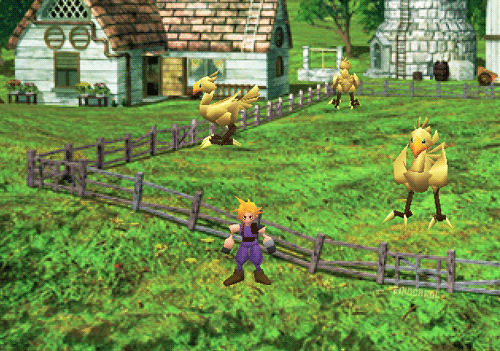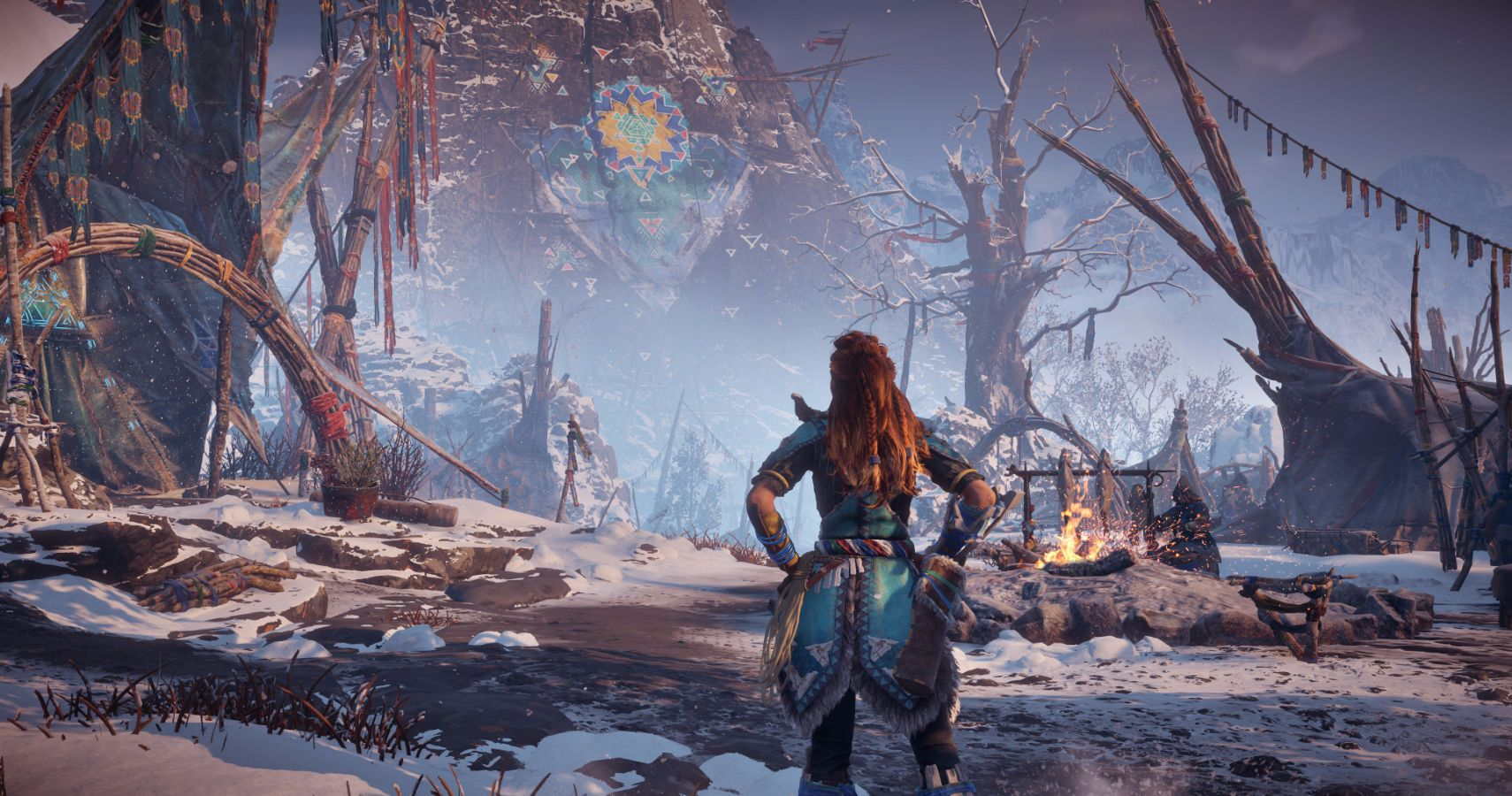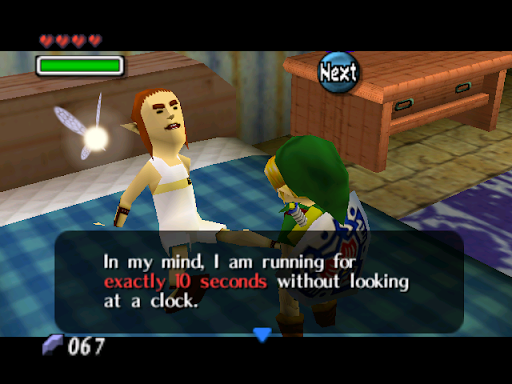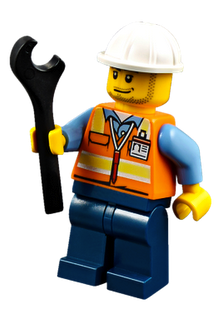- PagerDuty /
- Engineering Blog /
- Side Quests For Work: The Main Quest Can Wait (Sometimes)
Engineering Blog
Side Quests For Work: The Main Quest Can Wait (Sometimes)
In video game parlance, a side quest is a little diversion that you do while ignoring that you should actually be saving the world. In contrast to the main quest, which is given to you by fate, you have the option to choose your side quests based on what you find interesting.
Also, as many video game fans know, side quests are often where you get most of your experience! And they can prepare you for the final boss battle in ways that you might not expect.
In this blog post, I’ll dig into side quests as a metaphor for career development opportunities and explore the value that they can bring to your work, your company, and your future trajectory to save the world. I’m going to approach this primarily from the view of a software developer, but you can apply this mindset to any role!

FINAL FANTASY VII (1997) SQUARE
Consider this GIF from Final Fantasy VII. The main plot of the game is about an evil corporation bringing about an ecological catastrophe, and you and your scrappy band of heroes are tasked to stop it. But you can’t tell me those bird things aren’t cute! And this enterprising farmer just wants a bit of help to breed the best ones for racing. Ok, it’s settled—you’re definitely going to help him out before facing the big, scary villains. If you do, that opens up new parts of the world, which gives you access to better equipment and makes it that much easier to beat the entire game.
Side Quests for Work

HORIZON: ZERO DAWN (2017) GUERRILLA GAMES
When I talk about applying a side quest mentality to work, what do I mean?
Before we get there, let’s keep a few things in mind:
- The benefits of a side quest are going to be different from the benefits of your regular work, so it’s important to think about them differently.
- You shouldn’t have to take overtime, as long as the work benefits the company in some way.
- You shouldn’t feel guilty because you can expect actual results.
Let’s talk about a few examples, and how both short- and long-term side quests can have value. These examples might vary from engineer to engineer, but let’s take a look at how that might break down for the sake of discussion.
Short term
- Company-sponsored hack time
- Writing a talk or blog post 👀
- Attending a conference
- Trying out a new language or framework
- Planning a social event for your team
Long term
- Mentoring
- Sitting in on sales and/or support calls
- Implementing a large-scale refactor
- Exploring career specializations like front-end development or data science
- Participating in employee resource groups (ERGs)
- Collecting project ideas in a journal
Some side quests are going to be short-term one-and-done tasks. Many software companies have some kind of “10% hack time” policy to allow employees to experiment—at PagerDuty, we have a bi-annual hackweek, which is an excellent time to work on short-term side quests. This can also include things like writing a blog post, going to a conference, or even planning a social event for your team.
But it’s less common to think about long-term side quests, which are done over longer periods of time in small, incremental chunks. Often, long-term side quests can give you a greater sense of accomplishment, simply because you’ve been working on them over a longer period of time. This includes things such as mentoring, doing a large-scale refactor, or working within an employee resource group (ERG).
What kinds of long-term side quests are calling out to you?
Finding the Time

THE LEGEND OF ZELDA: MAJORA’S MASK (2000) NINTENDO
But you still might be asking: How do I find the time? And what do I do when someone asks, “Does it have to be now?” I’m going to double emphasize this: If the work is of value to the company, it should not be overtime and you should not feel guilty about it. Don’t let people take undue advantage of your enthusiasm!
As mentioned above, company-sponsored hack time can be an excellent place to start, as this time is relatively free and clear—as long as the project is related in some way to the business.
You can also take a look at your company’s career development rubric. Often, there will be suggestions about the kinds of activities and behaviors that are expected of senior members in the organization. What kinds of side quests does the rubric suggest? What kind of time would you need to accomplish them?
For a long-term side quest, think about ways that you could break it down into chunks, and then find a cadence that works for you. It might take some experimentation, so try not to be discouraged if you don’t find the right cadence right away. For example, I find it difficult to make progress on things unless I can work on them a little bit every day.
Justifying the Work

DRAGON AGE: INQUISITION (2014) BIOWARE
But finding time and self-motivation are only part of the challenge. You might also need to justify the work to a senior team member—like a manager or product owner—particularly when it comes to longer-term side quests.
Side quests will be easier to argue for at some companies than others. It’s also hugely unfair, but it’s going to be harder for folks that are marginalized in some way. On top of that, this is going to be hardest if you’re still at the beginning of your career, with the least experience. Both of these things can feed into unconscious biases, and will make it more difficult for you to change someone’s mind if they’re not immediately convinced. It’s a little meta, but figuring out how to justify work can be a side quest in and of itself.
With that said, the easiest way to conquer this challenge is to think honestly of how your quest will benefit your company. As an engineer, this initially made me groan because code issues can feel so obvious, yet still somehow difficult to explain to folks who aren’t working directly in the code with you. But if you can explain the bottom-line business impact, then you can help your manager understand why you think something is important. Ideally, they’re on your side, trying to keep your team accountable to their responsibilities. It’s also hugely helpful if you can clearly articulate ways to accomplish business goals more easily.
In short, being able to talk through business benefits is a superpower! The more you practice, the easier it will get. And the clearer that you can explain your reasoning, the easier it will be for your manager or product owner to say “yes!”
Micro Case Study: Refactoring

SERVICE PERSON (2015) LEGO https://en.brickimedia.org/wiki/Service_person
Let’s take a minute to do a tiny case study and explore refactoring as a specific example of a side quest. This is work that you do to reorganize your code—similar to shuffling around sentences and paragraphs or moving around furniture so that things have a better flow. It can be difficult to justify because it doesn’t actually add any new features, but there are benefits that can make it worth your time. Just think about that book that should have been half the size or that door that opens from the wrong side—having sensibly structured code is important for similar reasons!
If the refactoring works, it can help reduce complexity and cognitive load for other developers trying to understand the code. Even if it doesn’t end up working out, you’ll at least understand the complexities of that code better. Doing a sort of “exploratory refactoring” is actually one of my favorite ways to learn about a legacy code base! All of that can feed into making future work more predictable to deliver and easier to plan.
At PagerDuty, we have a channel in Slack called #compassionate-coding, which is intended as a safe space for giving constructive feedback. If you don’t have such a place at your work, maybe you could build one—start with colleagues you can trust to work through squishy ideas!
Which Side Quest Is Right for You?

ASSASSIN’S CREED: ODYSSEY (2018) UBISOFT
I firmly hold that the goals for side quests should be different from normal product work.
It shouldn’t be about maximum productivity, but about maximum experience. A side quest is a chance to explore and dig into the corners that you’ve always wanted to. So, it’s important to think critically about whether you’re actually experiencing anything new—for example, maybe those upgrades aren’t really that interesting or pressing and they can wait. And really, you’re going to be the best judge of which corners are the most interesting, and that leads to a great recipe for 100% organic career growth.
So go! Climb to the highest place you can, just to enjoy the view. Look into every nook and cranny for tchotchkes and gewgaws because saving the forest can wait! Time 10 seconds precisely while the moon is literally crashing down on your shoulders, just so you can finish your hat collection. Or even just get to know your teammates better so that they have a better chance of survival going into the final mission.
But the big takeaway is: It’s in your best interest to be as prepared as possible before you try to save the world. Heck, sometimes the reward is just a delightful moment that brightens your day. You never know what opportunities you’ll miss out on if you don’t take some time to explore!
Tell us about your favorite side quests (from work or from video games) in our Community forums!

